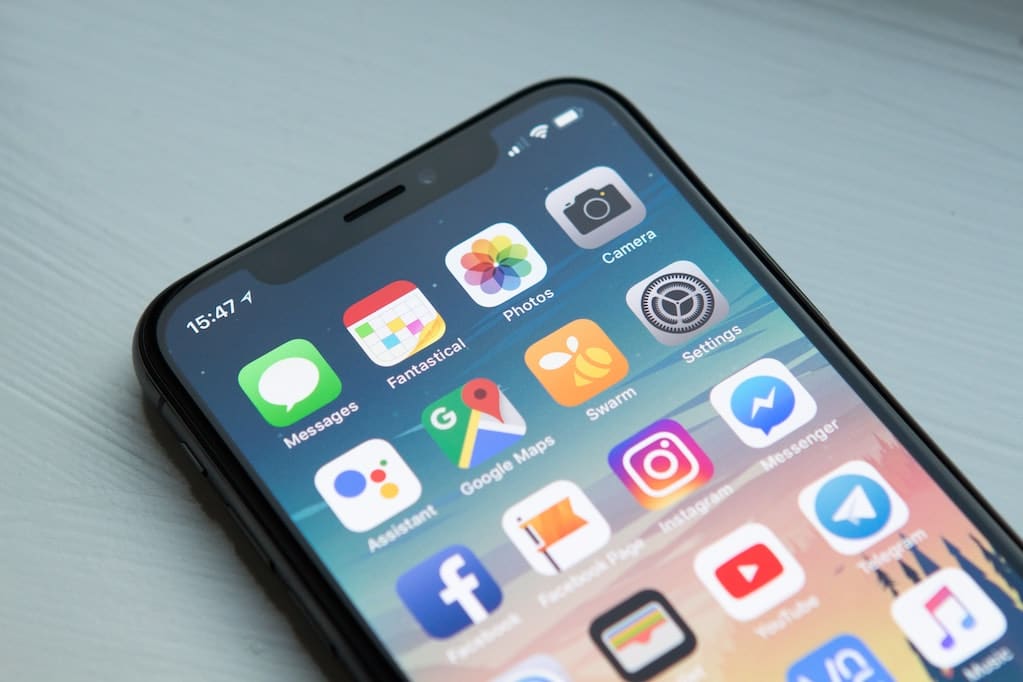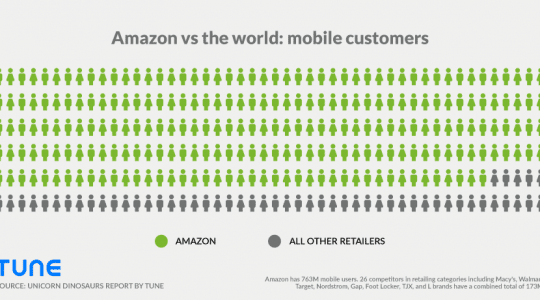
Photo by William Hook on Unsplash
Anyone who thought the transition from online advertising and attribution to mobile app advertising and attribution would be an easy one was wrong. Granted, advertising’s move towards the mobile ecosystem is extremely intuitive; with the advent of smartphones, mobile advertisers can now reach you even within the confines of a bathroom stall anywhere in the world. However, the old adage of “Easier said than done” still looms large in this newly forged and ever burgeoning industry.
The same tried and true methods used day in and day out in the online advertising world are unfortunately not applicable in the realm of mobile. When it comes to mobile advertising, there is always a question regarding attribution methodology. In the mobile space, attribution refers to the measurement of user events – an app install, repeat app launch, level completion, in app purchase, etc. – that are a result of marketing activity. As we specialize in the attribution side of the equation, you’re in perfect company. We’ve worked long and hard to figure that out and want to share our hard-won knowledge.
Traditional Online Advertising Attribution
It’s perhaps best to start with what you more than likely already know. In the online advertising world, marketing attribution already has its time-tested and honored methods: Cookies, pixel tags and appending custom parameters to the URL. Cookies have been around since the dawn of the web and are simply pieces of code that web servers use to put information on a user’s browser, and then retrieve that information at a later time for various uses. Pixel tags are small blocks of code embedded in a webpage that is invisible but allows the monitoring of the activity of users. Finally, through the tracking URL of the conversion page of an offer, statistics on users who click on the tracking URL and complete a conversion (purchase, sign-up, page view, or lead) can be collected and viewed in reports. For example, to figure out which visitors came from which source, you would simply append parameters on each URL to track the performance of each channel you are running a campaign for.
That’s fine and dandy for the online advertising world, but not really feasible for mobile. As there is yet no time-honored industry standard, most mobile marketers face a monumental problem; i.e. tracking the effectiveness of their marketing campaigns across the mobile space! To make matters more difficult, the two main device platforms – iOS and Android – vary in the methods used.
Mobile App Attribution
For Android, Google makes life for the mobile app advertiser easier by using a referrer URL parameter in download links to Google Play. The Google Analytics SDK for Android uses this parameter to automatically populate campaign information in Google Analytics for your app. This enables the source of the app install to be recorded and associated with future pageviews and events, which can be useful for gauging the effectiveness of a particular advertisement for your app.
In addition, for any campaign run through Google Play, you can take advantage of Google’s Campaign Tracking URL Builder that generates a tracking URL (based of your own app info) that refers users to the your specific app and the subsequent referral information is later available in your Google Analytics report.
Google’s Install Referrer is the primary, and therefore standard, method of attribution for all Android devices. However, it is important to note here that if you rely solely on Google Analytics for your attribution analytics you will not be able to send conversion data to your publishers. With your publishers not receiving any attribution data, how are they to optimize their campaigns for your app? Answer is, they can’t, and this is a big problem!
If you are advertising a mobile app for the iOS platform, on the other hand, once a user clicks into the Apple app store environment their actions enter a proverbial black hole and you no longer have any insight into your app’s traffic. Without something akin to Google’s Install Referrer for Apple’s App Store, you will need to rely on other attribution methods if you want any insight into the in’s and out’s of your app’s performance.
Universal Mobile App Attribution Methods
Enter the mobile industry common practices of device unique identifier matching and device fingerprinting. Unique identifier matching is done by matching the unique identifiers from the install to a click. Unique identifier matching is an automated and real-time way of comparing clicks to installs instead of manually conducting the matching at the end of a week or month using Excel spreadsheets. Attribution using unique identifiers enables 1:1 matching of click to install where identifiers can be passed app to app.
Device fingerprinting pulls basic and not 100 percent unique information from a user’s device headers, including IP address, to connect a user from click to app install. Device fingerprinting works by redirecting a user through a tracking link and collects the publicly available HTTP headers about the device. This information is used to create a fingerprint about the click of the tracking link. When a user installs the mobile app, the SDK collects the same data points from within the mobile app and sends it to the platform. The platform generates the fingerprint of the install and then searches for clicks with the matching fingerprint. The last click with a matching fingerprint is then used to attributed the install. Whereas identifier matching is implemented for app to app tracking, device fingerprinting is used for web to app tracking as the publishing app in app to app tracking cannot actually pass device identifiers.
As the mobile space is still experiencing growing pains, it behooves mobile app developers and advertisers to implement analytic technologies that are able to support several, if not all, attribution methods to ensure that your paid media is being accurately tracked and attributed. Today’s mobile ecosystem is still finding its legs and while there are a good many solutions out there, make sure you place your bet on the jockey who understands the horse he’s riding and you will ensure your mobile app’s place in the winner circle.
Author
Becky is the Senior Content Marketing Manager at TUNE. Before TUNE, she led a variety of marketing and communications projects at San Francisco startups. Becky received her bachelor's degree in English from Wake Forest University. After living nearly a decade in San Francisco and Seattle, she has returned to her home of Charleston, SC, where you can find her enjoying the sun and salt water with her family.



